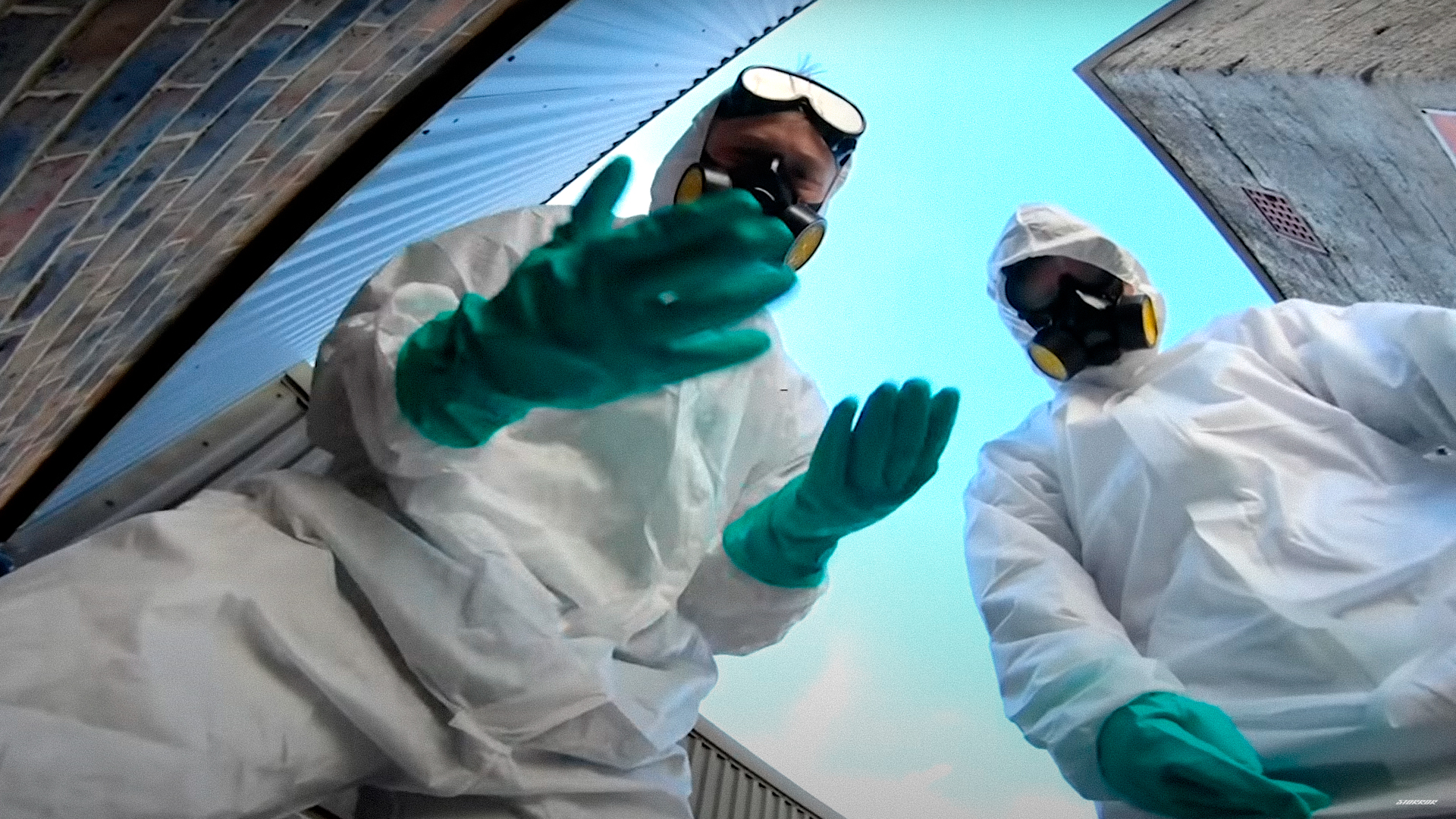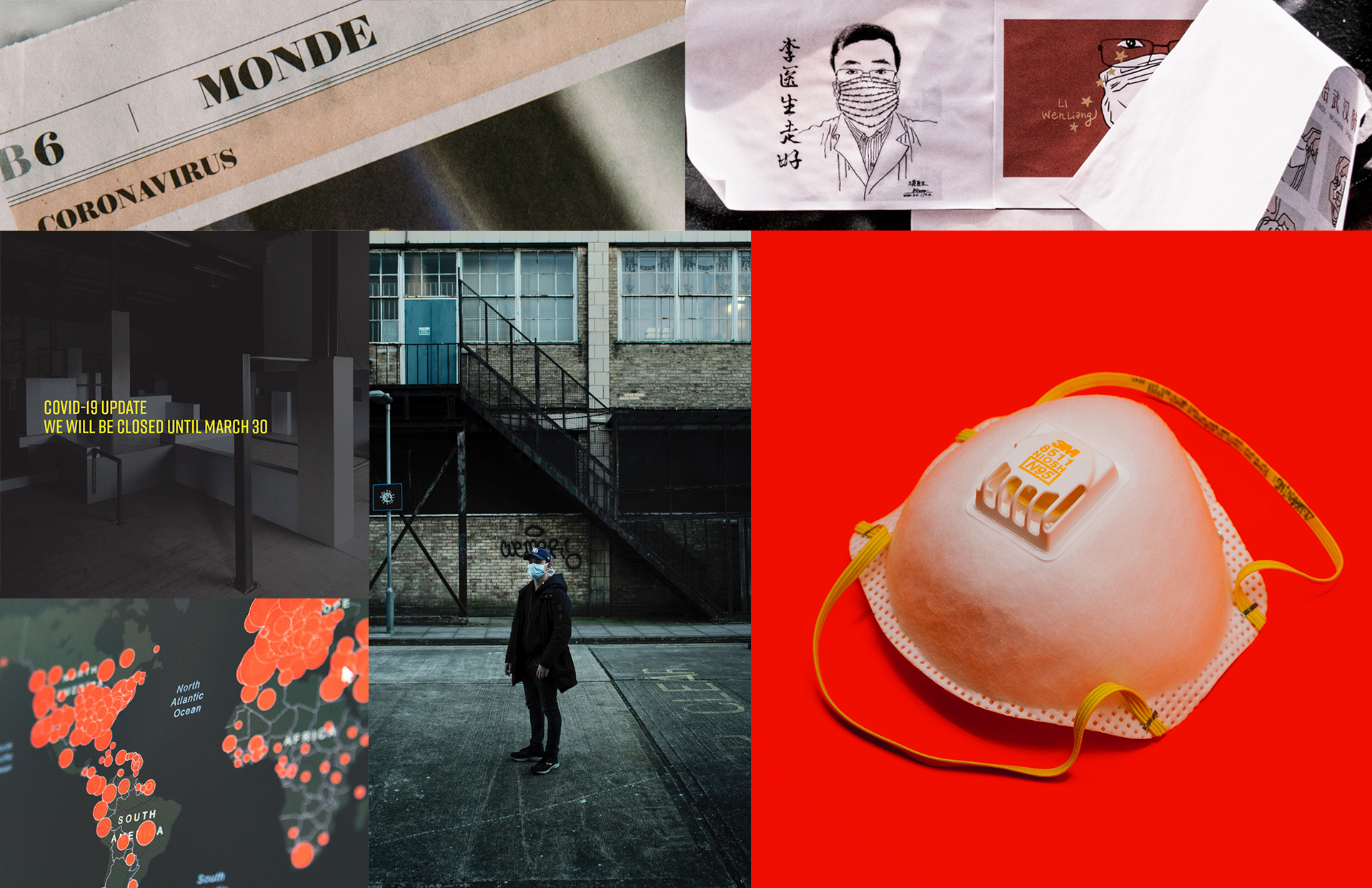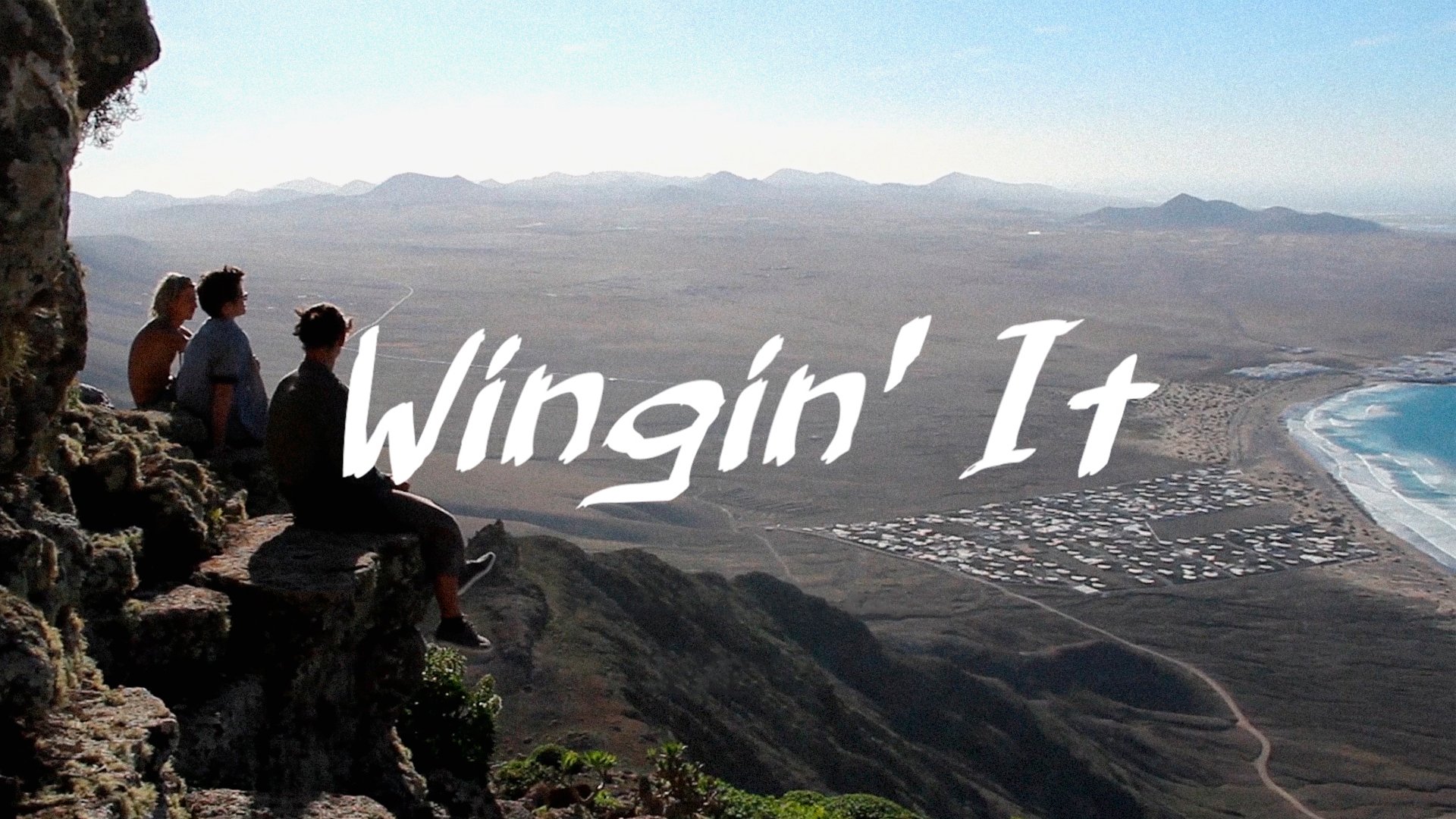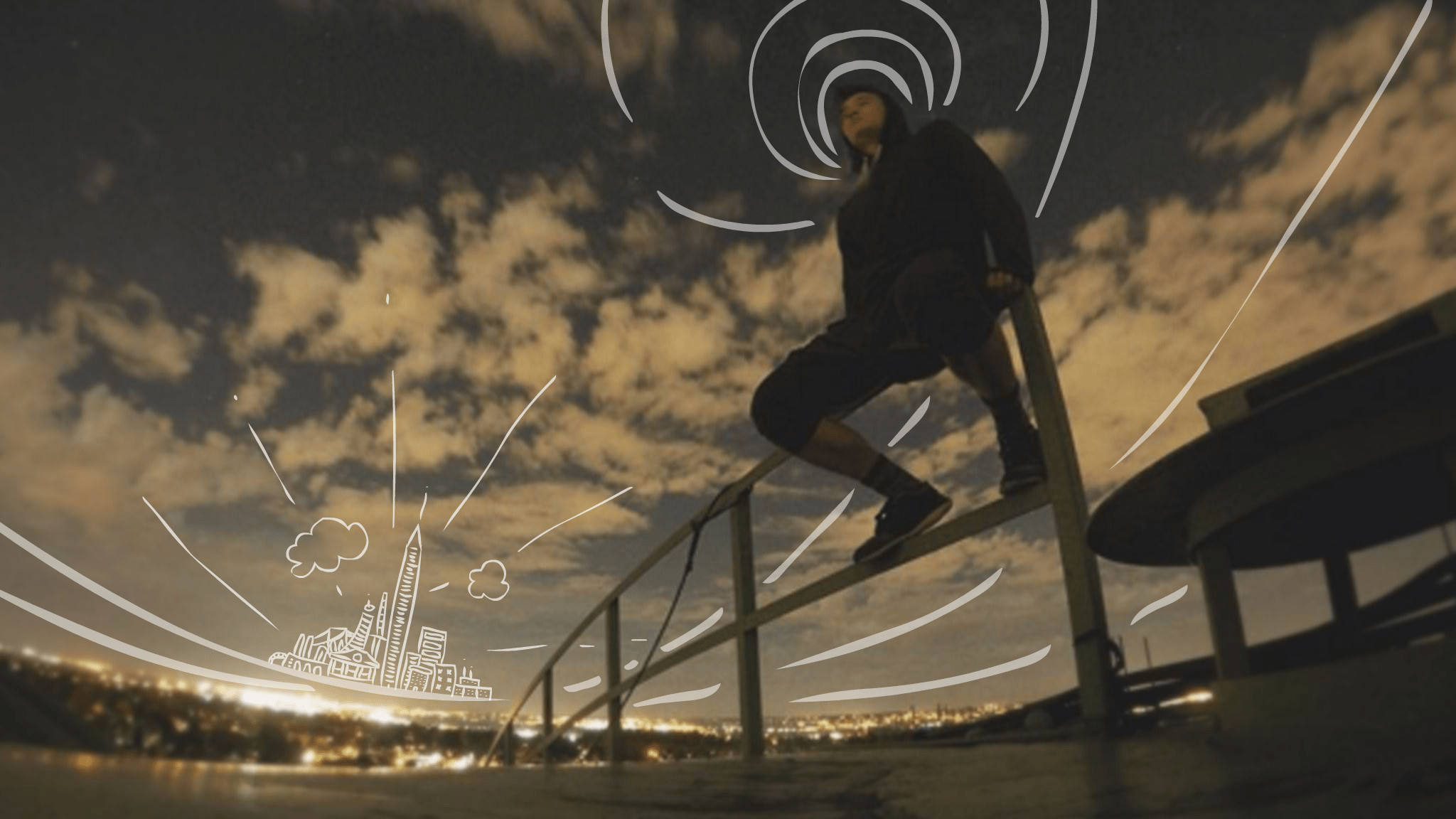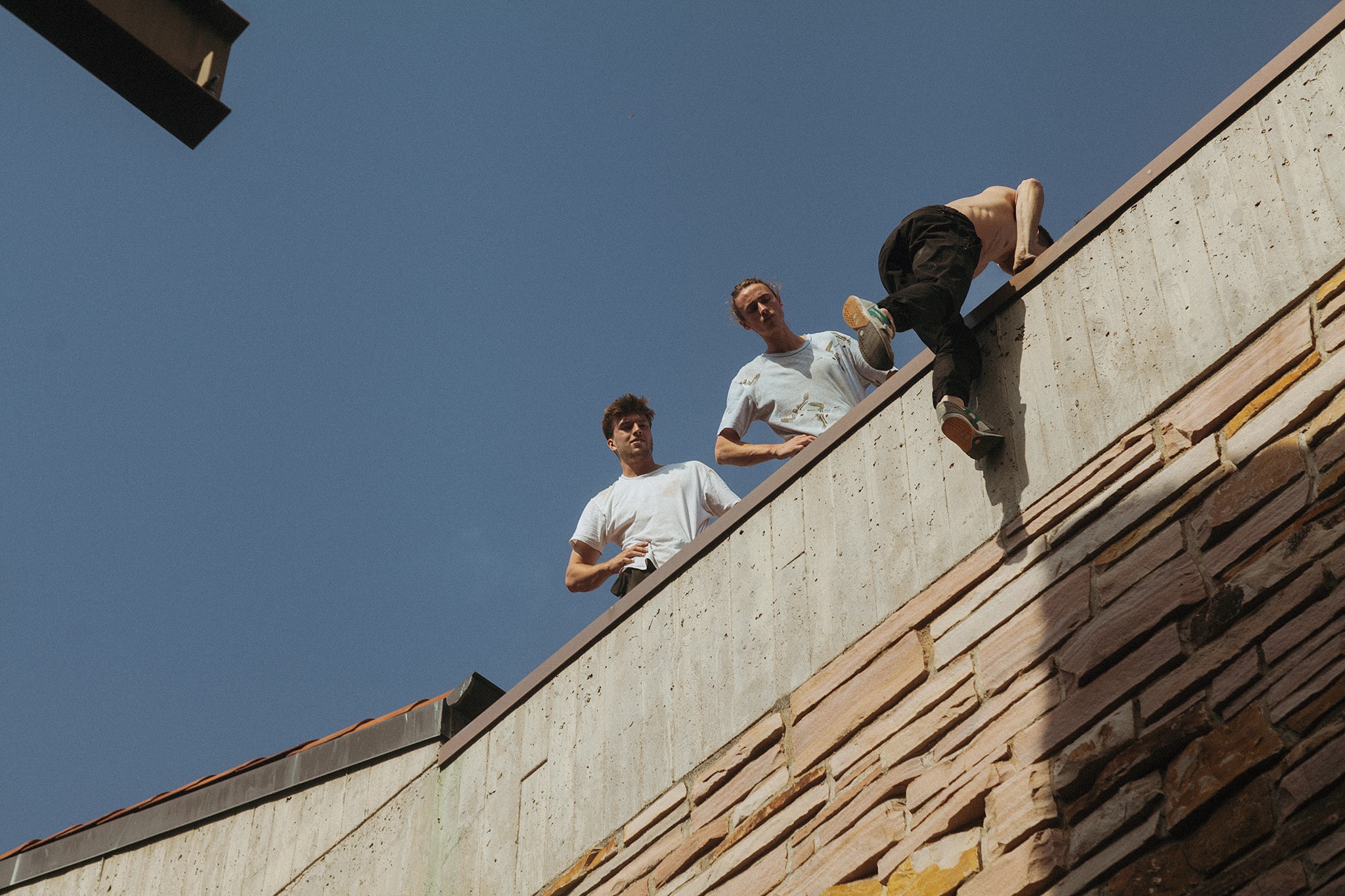It’s finally spring. The days are longer, trees are in bloom, and the birds are singing. At least, I’m assuming they are – I honestly can’t hear much over all the Netflix I’ve been binging. Like most of you, I’ve been #stayinghome as much as possible over the past month, providing me with ample time to catch up on the podcasts and videos I’ve missed.
COVID-19 has raised a ton of question marks for the parkour community this year. Here in the States, major jams have been canceled, the NAPC qualifier circuit is in shambles, and gyms across the country have been forced to close their doors – some probably for good. I won’t try to argue we’re not in dire straits. The world is in crisis, and this is an obstacle none of us were prepared to deal with. I would, however, like to take a second to flip this around and look at a few unintentionally positive consequences COVID-19 has had on the Parkourverse.
The Solo Training Surge
Let me preface this by saying that I love training with friends. Let me also preface this by saying that for the first five years of training, I spent about 65% of it training by myself. Social distancing has forced many parkour athletes to revisit what it’s like to train alone. For some, this may be the first time they’ve ever had to!
Social distancing requirements have forced athletes all over the world to revisit the lonely world of solo training. A few teams, like Storror and Motus, have been uploading consistent isolation training vlogs. These have been unanticipated gems. Not only are they how-to-solo-train guides for the younger generation, but they’ve also taken us back to the days when training videos showed phenomenal athletes training. There is a definite level of added intimacy when it’s just a traceur and their camera. It almost feels like you’re there with them, struggling through the attempts and celebrating the successes. In a lot of ways, that’s the appeal of a vlog. The viewer gets behind-the-scenes access and feels part of the action. But these solo ones have hit the nail on the head when it comes to capturing the lonely, satisfying moments that underlie our practice.
In my experience, solo sessions – when approached the right way – are a pillar of healthy training. They give practitioners the chance to drill weaknesses, focus deeply, and zen out on the simple stuff. I mean, how often are you going to want to spend an hour balancing or sticking rail pres when you’re out with your friends? Solo training was vital to many of parkour’s OG practitioners, including the Yamak. While training with friends encourages us to build and explore an environment together, training alone more often results in an exploration of the self.
Solo training can also be about as fun as a trip to the DMV…especially if you haven’t had much practice at it. Approaching a solo session with the same mindset you’d have for a jam or day out with friends is a recipe for disaster. After years of successful (and rage-inducing) solo sessions, here are a few tips:
Keep it simple.
Don’t aim too high with your solo sessions. Start with a few simple jumps, or better yet a 5×5. Pick 5 challenges of increasing difficulty and try to complete each one five times. For added difficulty (and frustration) try to get all five completions in a row. Turning this simple drill into a 10×10 can also transform a 30-minute warm-up game into a full-on training session. Back in my bachelor training days, I lost many an hour to 10x10s…and would often pick up new challenges in the process. The funny thing about starting slow and keeping it simple is that it doesn’t always have to stay that way. Starting sessions with a 10×10 pretty consistently led to drilling hard challenges once I was warmed up. All those hours and repetitions working at your limit add up!
Appreciate incremental improvements.
Parkour’s basic movements are open to an infinity of incremental improvements. Honing your basics during solo sessions is a great way to finesse your technique and zen out at the same time. Balance was always one of my favorite skills to work on when I’d train alone. Back in university, there was a 50m handrail behind the grad dorms. Between classes, I’d try to spend 30 or 45 minutes balancing it, first forward, then backward, then sideways. I tried to rail run the whole thing. I tried lunges across and QM. I would walk it with my eyes closed, hands behind my back, or on top of my head. I even tried carrying heavy logs and sandbags across it. Each session became a weird type of focused meditation. This same approach can be taken to any fundamental skill or technique. Ask yourself a few questions – where am I losing balance? Where am I losing speed or power? Where am I compensating? Then, try to come up with variations that help you answer and address each issue. It can be frustrating at times, but learning your body and what works best for you through deep practice is insanely rewarding in the long run.
Choose spots wisely.
My final piece of advice is that spots can make or break a session. I have trouble training alone at iconic spots or spots with benchmark personal challenges. I come in with clear expectations for what I’d like to get out of the spot, and if I’m not able to do it I tend to leave feeling pretty bummed. Without friends to keep you energized, motivated, and honest, those benchmark spots can be draining. Instead, I’ve found my best solo sessions tend to happen in the places I usually overlook – the random stairwells, handrails, and trees I walk past when I’m out training with friends. Simple spots help foster creativity, and like a Rubix cube often present new challenges every time you flip them around in your head. Sure, some spots can be too simple. A parking lot, or a handful of curbs, may not present the right level of challenge for you. But don’t ignore every spot that doesn’t immediately yield dope Instagram content! Solo training is perfect for discovering the overlooked gems we all have in our hometowns.
A Return to the Classics
A few weeks ago, Dom Di Tommaso shared a handful of his favorite early parkour videos on Instagram. Shortly after that, JimmytheGiant released another excellent mini-doc on what Instagram has done to parkour culture, harkening back to the golden days of 2009 British content creation. While I think we’re seeing another, different, golden age in parkour content right now, being stuck indoors definitely gives us an amazing opportunity to reconnect with classic videos and films.
How many current practitioners have seen District B13? How many have watched Jump London and Jump Britain all the way through? Or Generation Yamakasi? What about the handful of early news reports with interviews from the founders?
There are hours upon hours of classic videos to dive into for motivation and context when it comes to training parkour. Not only can they keep you entertained, but they can also inform your training and coaching. Additionally, if you’re a fan of hardcore training and haven’t read Julie Angel’s Breaking the Jump, you’re doing yourself a disfavor. It outlines in detail some of the stories that the Yamakasi mention only briefly in interviews and documentaries and manages to make parkour’s origins sound like an early episode of Dragonball or One Punch Man. It’s a vital piece of parkour media, and there’s no better time to pick up a copy. While you’re waiting for it to get delivered (I highly recommend abebooks.com, who do a lot for local independent bookshops) make your way through some of these iconic videos in parkour history!
The Founders
Stade 2 Feature: The video that started it all, this was the first time parkour was caught on camera.
David Belle TF1: An interview with David after he split from the rest of the Yamakasi. This interview is where a lot of parkour’s early philosophy and definitions come from.
Generation Yamakasi: Intense training, a terrifying bail, and a deep dive into parkour philosophy, this full-length documentary has it all.
The Monkey’s Back, Parkour Documentary: Even though Stephane Vigroux isn’t technically a founder, learning from David counts for something. This doc digs into Stephane’s training and is a good middle ground between the older and newer stuff.
The Brits
Jump London/Jump Britain: These are still some of the best productions in parkour history. If you haven’t seen them, get on it!
Power is Nothing Without Control: Blane was a huge player in the early parkour community and helped develop techniques we take for granted now. This video was a game-changer when it dropped in 2006.
Cambridge Joy: Daniel Ilabaca, Chase Armitage, and baby Phil Doyle. What more could you want?
Blitzdem 5: This video was a massive reel for England’s younger practitioners and still an absolute banger.
Professor Longhair, Big Chief: The one viral video that deserves to be viral, this is still the video I show people when I’m trying to explain what parkour is (right after The Office, of course). Queue this one up with Constant Motion and Live On for the full classic Ampisound experience.
Storror Summer: A sequel of sorts to Callum’s “Summer Video,” this early Storror masterpiece has good vibes, gnarly jumps, and beautiful cinematography.
PKVM Episode 1: Although it’s no longer available on YouTube, you can download this 35-minute short film through their website. With cameos by Phil Doyle, Ben Jenkin, Daniel Ilabaca, and Neil Hutson it’s a well-produced look at an iconic community.
The Russians
Out of Time: This video started it all. Oleg Vorslav changed the way we looked at movement (and basketball trick shots) forever.
T.ru Story: I’m not sure what the purpose of this short film was, but it seems like it aired on Russian television and is one of the most beautifully filmed and produced parkour pieces on the Internet. Moving between natural and urban environments, it features a variety of athletes and styles and is one of my all-time favorite long-format videos.
Alliance: There are a handful of videos featuring the short-lived, amorphous Russian powerhouse group “Alliance.” Two of my favorites are “Take Your Time” on Alexandr Zyulev’s channel and “Russian Freerunners” by Shade, but they’re all fun to re-watch. Let’s be honest, when your group has Erik Mukhametshin, Zyulev, Shade Zlat, and Pasha in its videos it’s hard to go wrong.
Wide: Another piece by Tracers.ru, this one has Bait moving blindfolded through an abandoned factory. It’s basically parkour meets Daredevil in Russia and for his sake, I hope that black cloth was see-through.
Aggressive Hills: Vlad Erovikov was always one of my favorite Russian athletes, and this video of Vlad tearing up the famous Moscow bridge spot still makes for a great watch.
The Ladies
Movement of Three: A short Julie Angel film featuring Fizz, Shirley, and Annty of the London PK Gen scene. This was (and still is) one of the highest viewed videos of women training parkour when it was released. The movement, the camerawork, the editing, and the music all work together to give the viewer an appreciation for the beautiful, simple joy of training without taking away from the athletes’ skill. A short but sweet classic.
Tam’s Video Completo: I remember seeing this video in 2012 and being mind-blown. Tam’s style is smooth but strong, and her vision for movement is always so good. While I’m a huge fan of Tam’s videos in general, this one – along with Tiny Tam – is my favorite throwback.
Alyssa Serpa Year 7: Alyssa has always been a powerhouse, and her Year 7 video puts that on full display. Don’t sleep on the Best from the Northwest!
Lilou Parkour Girl 11 Years Old: The title says it all. When this video of Lilou dropped five years ago, it was groundbreaking. What Lilou has done in the community since makes this particularly cool to go back and re-watch!
Tru Beauty: Despite tearing up the comp circuit for years, it seems sometimes that people forget how good Luci Romberg was. This video has some ridiculously high-level movement and also touches on Luci’s personal journey.
Georgia Monroe Parkour Archway: It’s a bit tough to find videos of Georgia, but when you get a new one it’s always such a pleasure. Georgia got some well-deserved notoriety in the parkour community last year after being the first woman to break the Imax running pre in London, but her powerful movement and classic style have been fun to watch for years.
Sydney Olson AOM 2014 Submission: I couldn’t finish this section without adding a Sydney Olson video. She’s been arguably the most influential female freerunner over the past five years, and her vlogs are one of the few things I keep on my must-watch list. This was her first AOM submission, and it’s great to see how much of a beast she was back then but also how far she has come as an athlete!
Random Classics
Escape: In a lot of ways, this is like a male version of Movement of Three – it’s simple, but that only adds to its charm. We’ve all taken an hour to squeeze in a quick training session during a break at work or school, and this video captures that feeling perfectly. In my opinion, this is still one of the best videos to watch before going out for a quick, no-expectations training sesh.
Slam: One of the greatest gym videos ever made, Slam is a bundle of insane footwork and funky lines from the Myrm crew. It’s also the sequel to Shoop, which seems to have been deleted from the Internet. Will it ever be re-uploaded? Will Dylan Baker ever release another video? Find out on next week’s episode of Myrm Training Z.
Parkour, Imaginatively: Naim has made a handful of classic parkour videos (including his Parkour, Literally series) but this one may have had the biggest effect on the community. Introducing Endijs Miscenko and the German “dinosaurier” style to the world, this video got everyone to look at their hometown spots with fresh eyes overnight.
Swim or Sink: Galizian Urban Project released banger after banger for a few years, but this one was my personal favorite. The baggy clothes and smooth lines motivated practitioners around the world to switch up their style.
Team Jestion Morocco: It’s tough to pick just one Jestion video…they’re all full of insane hyperlapses, gorgeous movement, and X-rated spot porn. The Morocco vid is definitely one of the best, but don’t stop there!
Team Farang – Thailand Parkour Tour 2010: How could I not include the video that started Farang? It’s like watching Batman’s origin story, but with way more neon.
Storm Barcelona: The Storm videos are such classics I almost felt like I didn’t need to add them…but just in case you haven’t seen it, Storm Barcelona is a must-watch. In fact, go make some popcorn and binge Storm Freerun Volume 1, Storm Origins, Storm Barcelona, Storm Madrid, Storm America, and A New Chapter. You can thank me later!
There’s Content Outside Instagram?!
Podcasts
The parkour podcast game has been on a steady rise over the last few years and there are now enough choices to keep even the nerdiest, most up-to-date athletes busy. Here’s a quick rundown of the ones I’ve been following lately…
Height Drop: Brandon Douglass was one of the first to hit the podcast train. While he’s slowed down a bit lately, there’s a massive backlog of episodes with parkour athletes around the world to catch up on. Height Drop tends to swing between serious training talk and goofy bro gossip (often my fault…sorry!), but almost always manages to produce some thought-provoking discussion.
The Motus Prodcast: Hosted by Kelan and Giles, I’ve been pleasantly surprised by this one. My favorite episodes so far have been the athlete features – including a nearly two-hour conversation with Phil Doyle released last week. Like Height Drop, the episodes tend to be on the longer side and can ramble a bit but manage to stay mostly on topic and deliver what you’re looking for from them.
Mover’s Mindset: Probably the most underrated parkour podcast out there, Mover’s Mindset does a great job tackling topics while following a one-on-one format with athletes. The episodes tend to be more streamlined and direct than other parkour podcasts, with great audio quality. While they heavily feature athletes from North America or the Parkour Generations crowd, Mover’s Mindset is one of the few podcasts highlighting a variety of female voices within the community. That alone makes a trip through their episodes incredibly valuable!
Method: While Method, hosted by Kent Johns, is on the newer side it’s already done an excellent job covering a range of interesting topics. He seems like he’s still finding his voice for the podcast, but it’s been a very promising start and I’m looking forward to seeing where his unique perspective takes him on future episodes.
Shaun Wood All Good: Shaun Wood’s podcast is a mix of business/marketing information and parkour gossip. As such, it may be the most useful podcast out there for athletes who are trying to create a brand for themselves or their team. Plus, that smooth Australian accent ain’t too rough on the ears.
Into the Unknown: This might be an acquired taste, but I’ve loved the rough-and-tumble group vibes from The Unknown Project’s recent dive into podcasting. They’re a genuine Rogues Gallery of personalities, and it’s hilarious to see where their asides take them. This is the only parkour podcast I’ve listened to where I’m genuinely looking forward to hearing them get off-topic, and it’s made me laugh out loud an uncomfortable amount. Watch on YouTube for the additional visual lulz.
Books
I’ve already lobbied you to read Julie Angel’s Breaking the Jump, and if one mention didn’t do the trick for you, then hopefully this one will. Seriously, read the damn thing!
Within parkour, there aren’t a ton of other reading options. One of my favorites, and one that hasn’t spread too much beyond the old-school practitioners that know Vincent directly, is Parkour and the Art du Deplacement. It takes a different approach than most parkour books and dives into the ragtag philosophy of our discipline. As both a coach and fan/historian of the sport, I thoroughly enjoyed the rigorous exploration of the values we’ve created around our training and community.
The final piece of parkour literature I’d recommend is Rise, a short story written by Gabe Arnold in the late 2000s. It reads a bit like parkour fan fiction and when I first read it ten years ago, I loved every second. The story takes place a few years in the future and follows the journey of a teen discovering parkour and falling into the immensely popular world of competitive “PKFR.” While – like anything written about our sport over a decade ago – it may have a few cringe-worthy moments, it has proved oddly prescient. It predicted the wide commercialization and sportification of parkour that we’re seeing with FIG, some of the cultural shifts that have happened with the newest generation of practitioners, and even the creation of descents! TL;DR – if you’re a fan of fiction or anime, I’d highly recommend Rise. It’s the most fun I’ve had with a piece of long format parkour content.
Outside of parkour, there are a handful of excellent books I’d recommend to anyone who enjoys alternative sports or the philosophy behind them. Born to Run and Natural Born Heroes, by Christopher McDougall, are great reads by an author personally familiar with parkour training (Shirley Darlington-Rowat and the Lancaster Parkour community both get shout outs in the latter). If you’re into climbing, Alex Honnold’s Alone on the Wall and Tommy Caldwell’s The Push are full of training motivation that is easily applied to parkour. And for sport history nerds, the climbing classic Camp 4 is another great read that focuses on the early Yosemite climbing community, their hijinks, and their first ascents.
Exploring Our Weakness
While this is a bit of an obvious one at first glance, hear me out. COVID-19 has given us all the time (and hopefully the motivation) to address our weaknesses. There are tons of free at-home parkour training programs and workouts floating around right now, in addition to the handful of quality paid ones. CompTrain, a CrossFit site, has savage daily home workouts for anyone (like me) with terrible cardio/metcon skills who is trying to improve them. It isn’t too hard to find daily mobility or yoga routines for those of us looking to limber up before summer hits. And all the indoor time gives anyone who’s interested the time to finally dig into the books, meditation, or breathing exercises they’d been putting off for months.
What’s a little less obvious is that COVID-19 has given our community as a whole the opportunity to shore up our weaknesses. It’s shown us where we need to improve if we want to survive long-term. By shutting down our gyms, events, and many of our clothing manufacturers, it’s given us a look into a potential future of buyouts and obsolescence. If the worst-case scenario happened, and gyms were forced to close down because FIG, Nike, or Adidas made a power play on the parkour community, how would we do? Who would be able to continue paying their bills while building their local community? How would they do it?
By temporarily closing the world, COVID-19 has let us look deeply at our darkest future timeline. Those business owners and content creators out there who are struggling right now, take note: it’s possible that our community could be forced through something like this again. What can you do now to protect yourself from those possible future threats? Parkour teaches us to mitigate worst-case scenarios through training. I think many of us have taken hold of this situation as the hidden opportunity that it is.
I’m heartbroken for the local gyms that are struggling right now. But I’m also hoping that they’re using this to adjust the way they do business in the future. If you’re a parkour coach and you’re living off unemployment right now, what are you doing to help yourself in case your gym is forced to go under at some point later on? What skills can we all develop to strengthen the global parkour economy? How can we create value for ourselves and others? What holes can we fill?
Online classes and curriculums have been a massive net gain from this situation. While they may not be ideal, the market for learning parkour online is there and will likely increase from COVID-19. I know firsthand that several gyms and parkour organizations I’m close to are restructuring their finances and business plans at the moment…trying to diversify their revenue streams to prevent any more total collapses in the future. Whether that’s engaging more with local schools, making content online-friendly, or branching out and offering more classes, it’s all a healthy and productive way to grow from this global tragedy.
We talk a big game in parkour about viewing obstacles as opportunities. While COVID-19 has proved to be a massive obstacle for the world, I’ve been proud to see the parkour community looking for the silver linings. Whether it’s as individuals, businesses, or communities, keep looking for the ways over, under, and through. Keep hunting for the tools and techniques we’ll need to get through this. And most of all, keep working together. Etre et durer, my friends.
Follow Max Henry on Instagram.
Want more? Subscribe to help us create more stories like this one and to make sure that we’re able to continue creating the content you love.


